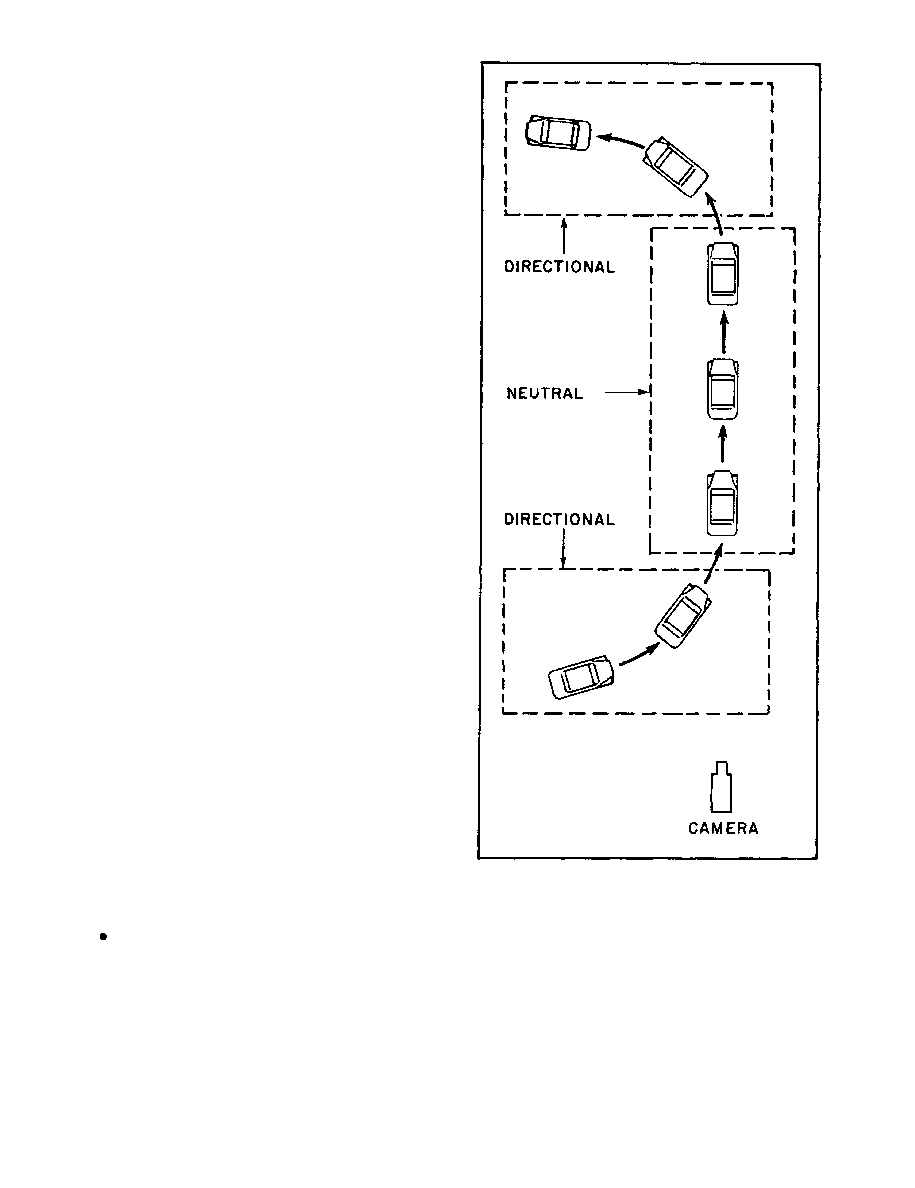
DOFMaster
for Windows
On-line
Depth of Field
Calculator
DOFMaster for Mobile Devices
On-line
Depth of Field
Table
Hyperfocal
Distance Chart
Articles
FAQ
Recommended
Books
Support
Contact
Links
Home
for Windows
On-line
Depth of Field
Calculator
DOFMaster for Mobile Devices
On-line
Depth of Field
Table
Hyperfocal
Distance Chart
Articles
FAQ
Recommended
Books
Support
Contact
Links
Home
As an Amazon Associate I earn from qualifying purchases.
![]()
Hollywood production, notice how the action flows
smoothly from shot to shot and from scene to scene. Try
to visualize the techniques and camera angles that were
used. Then, on your next assignment, plan them first,
continuity and put your ideas on paper. Do not get the
idea that all your shots have to follow a written script.
News events, and other uncontrolled action, are usually
shot without a script; nevertheless, you should be able
to anticipate action and prepare a mental script. The
information you must know before starting to shoot is
what scenes and actions are needed to satisfy the
requestor.
continuity problems. The direction a person or object
looks or moves is called screen direction. When a look
or move in a particular direction is unaccountably
changed from one shot or scene to another, the
continuity of the film is disrupted. Any change in screen
direction must be explained or the subject may suddenly
change screen direction and appear to be going the
wrong way.
audience judges the action by its screen appearance, not
by the way it actually appeared during filming.
neutral screen direction movement is nondirectional, it
may be used or intercut with scenes that show movement
in either right or left directions. The following are
neutral screen direction movements.
an absolutely neutral shot, only the front or back of the
subject should be shown. When one side of the subject
is shown, the shot will show some direction and not be
absolutely neutral. Entrance and exit shots also show
a head-on shot of a car and continue filming as the car
turns to the right and exits the frame, or start with a
Basic Photography Course

As an Amazon Associate I earn from qualifying purchases.
WWW.DOFMASTER.COM
© 2006 Don Fleming. All rights reserved.
© 2006 Don Fleming. All rights reserved.